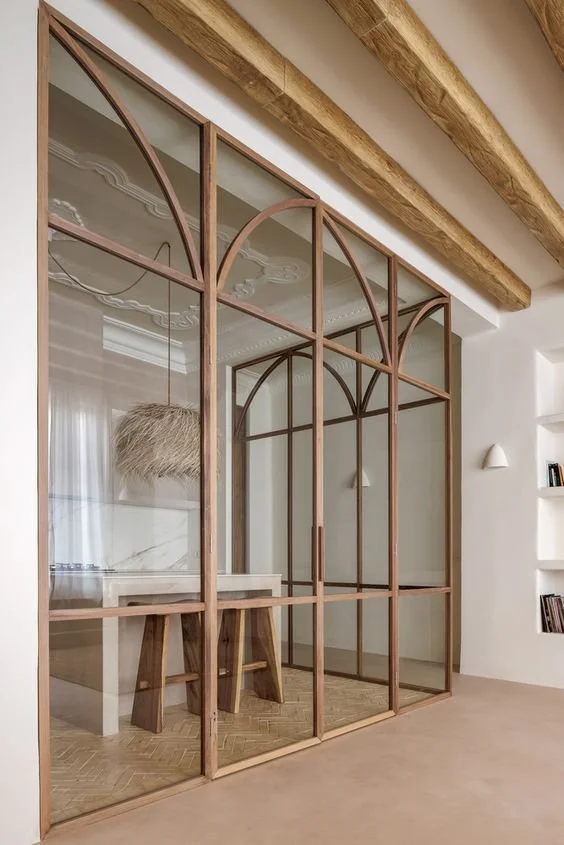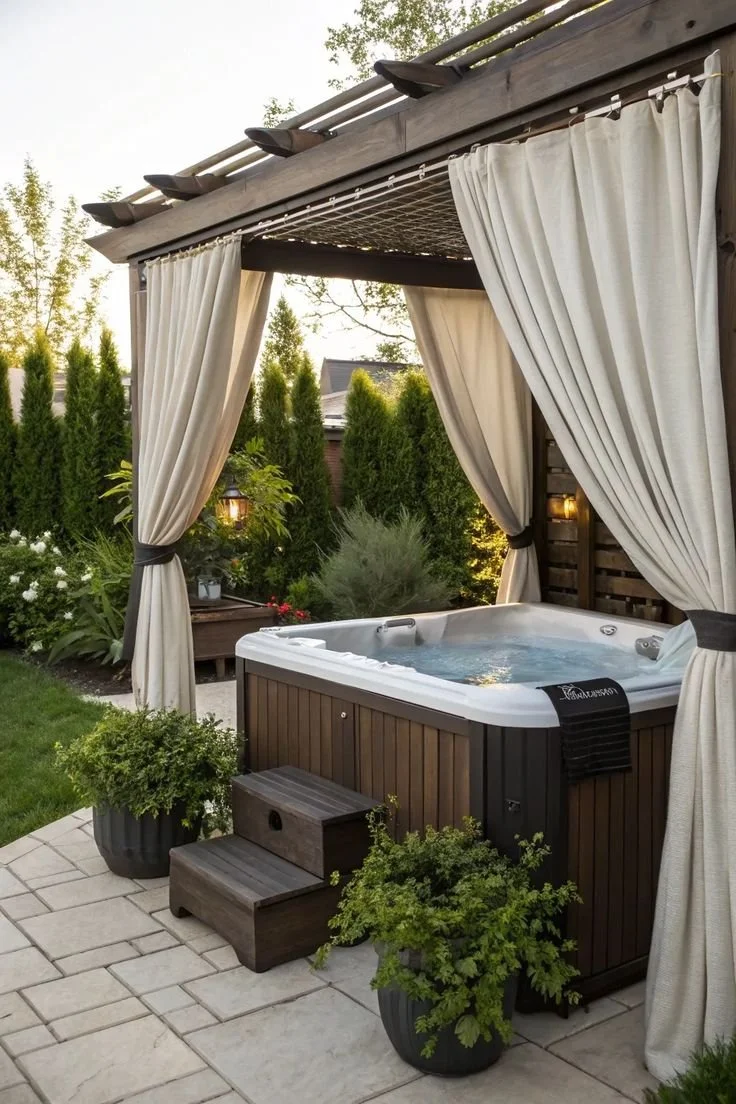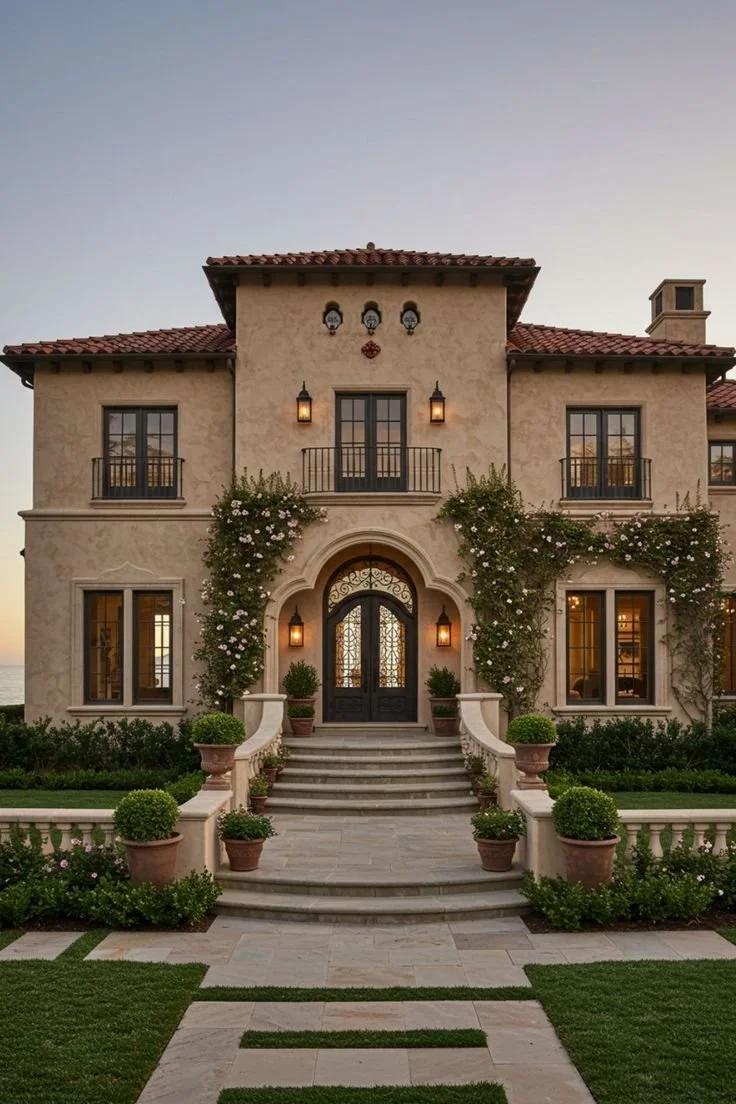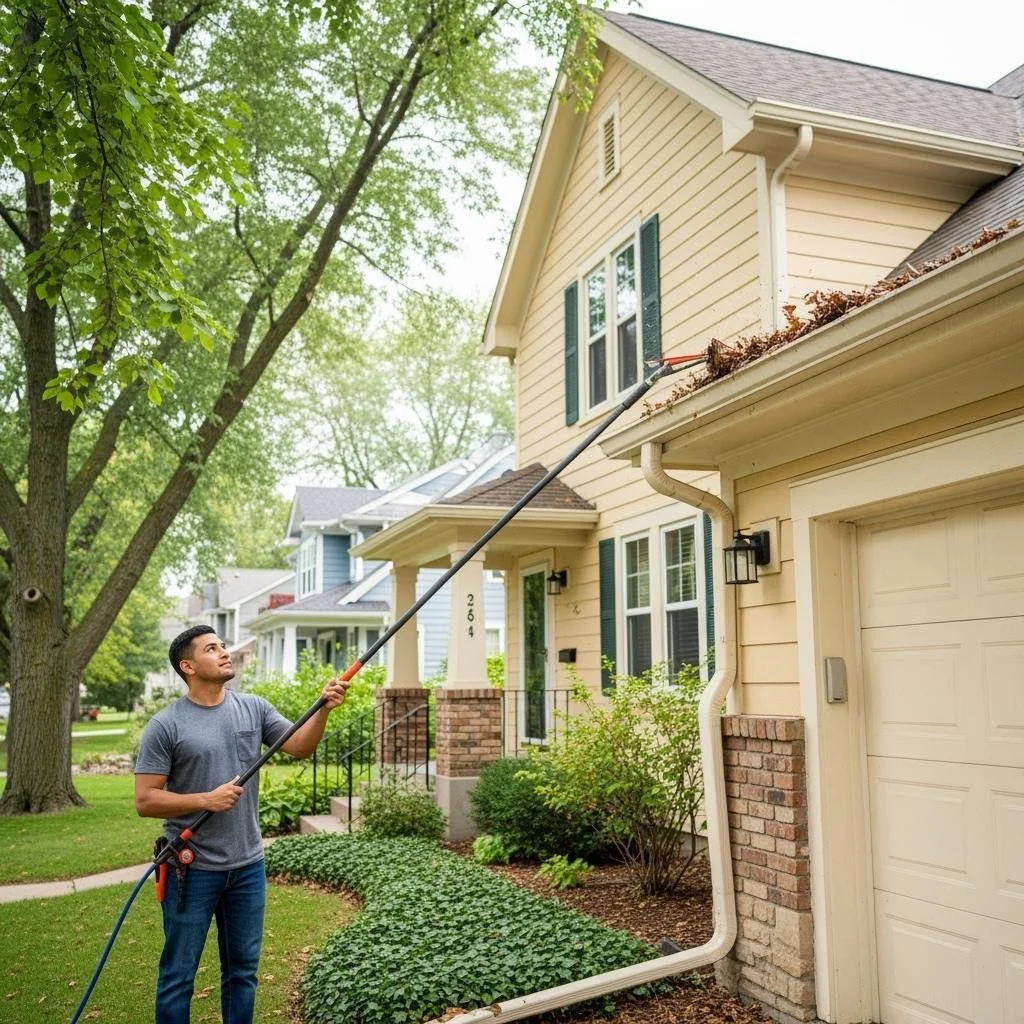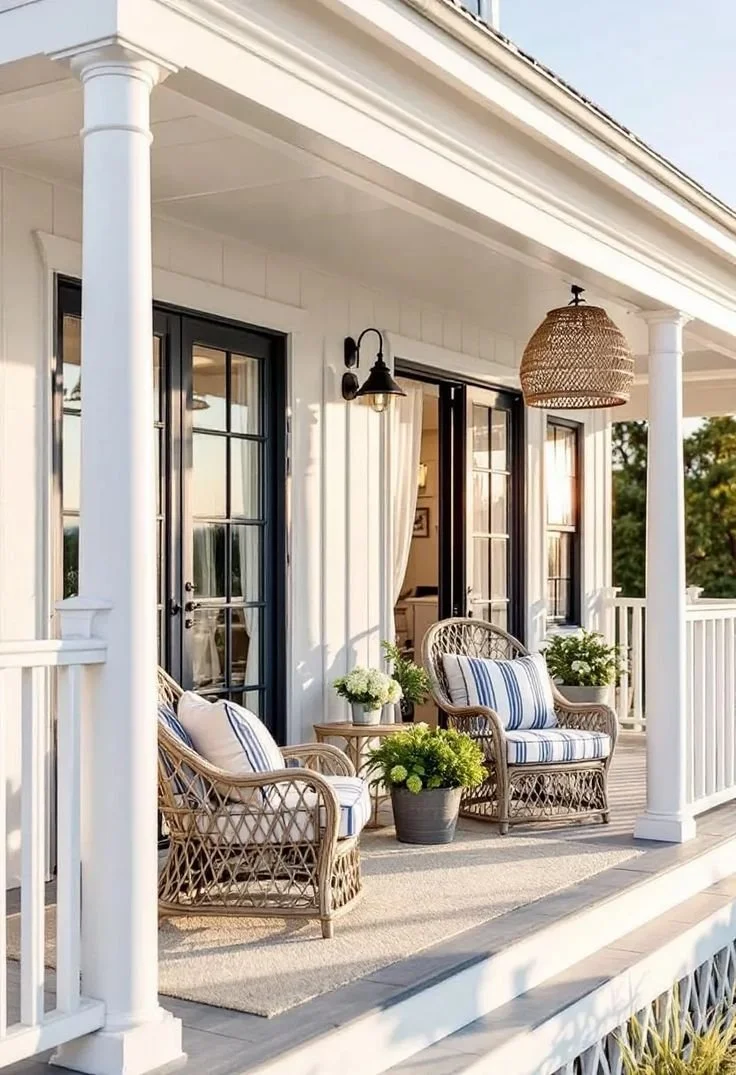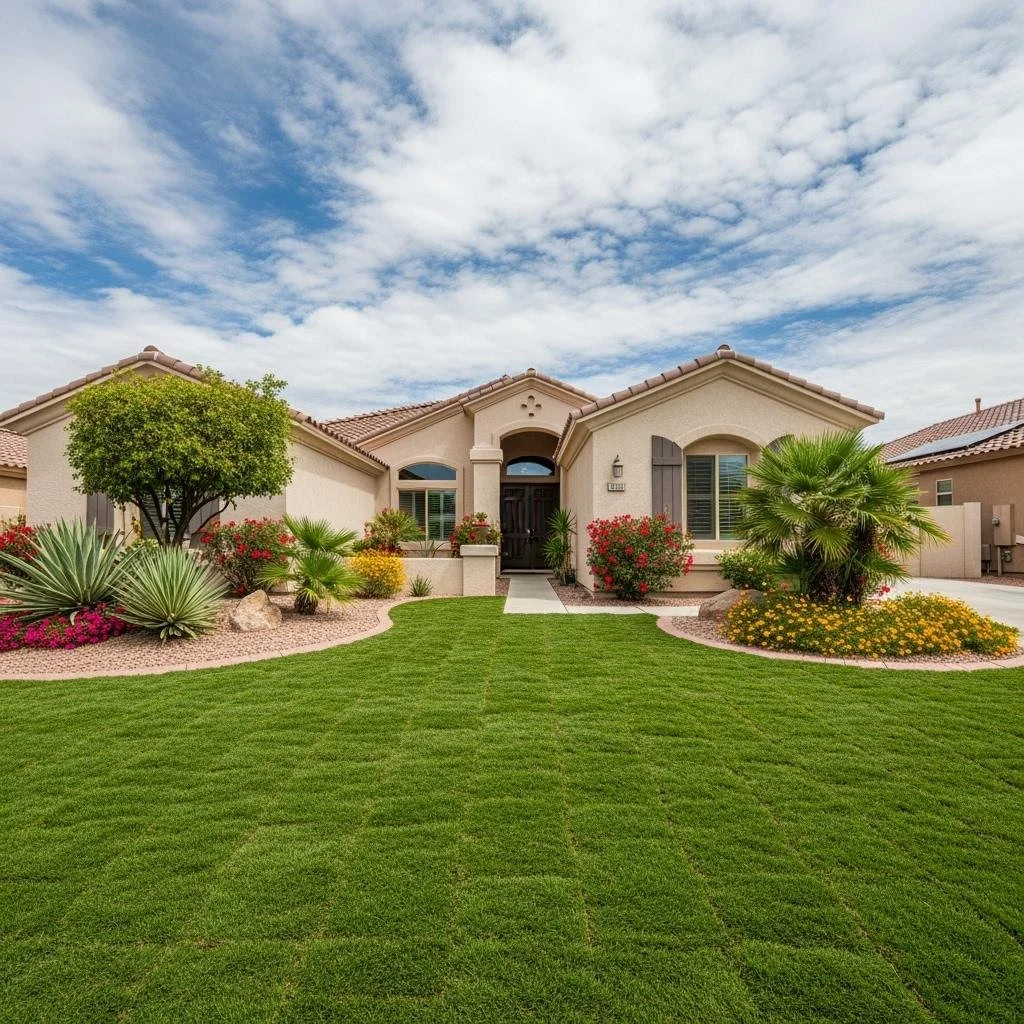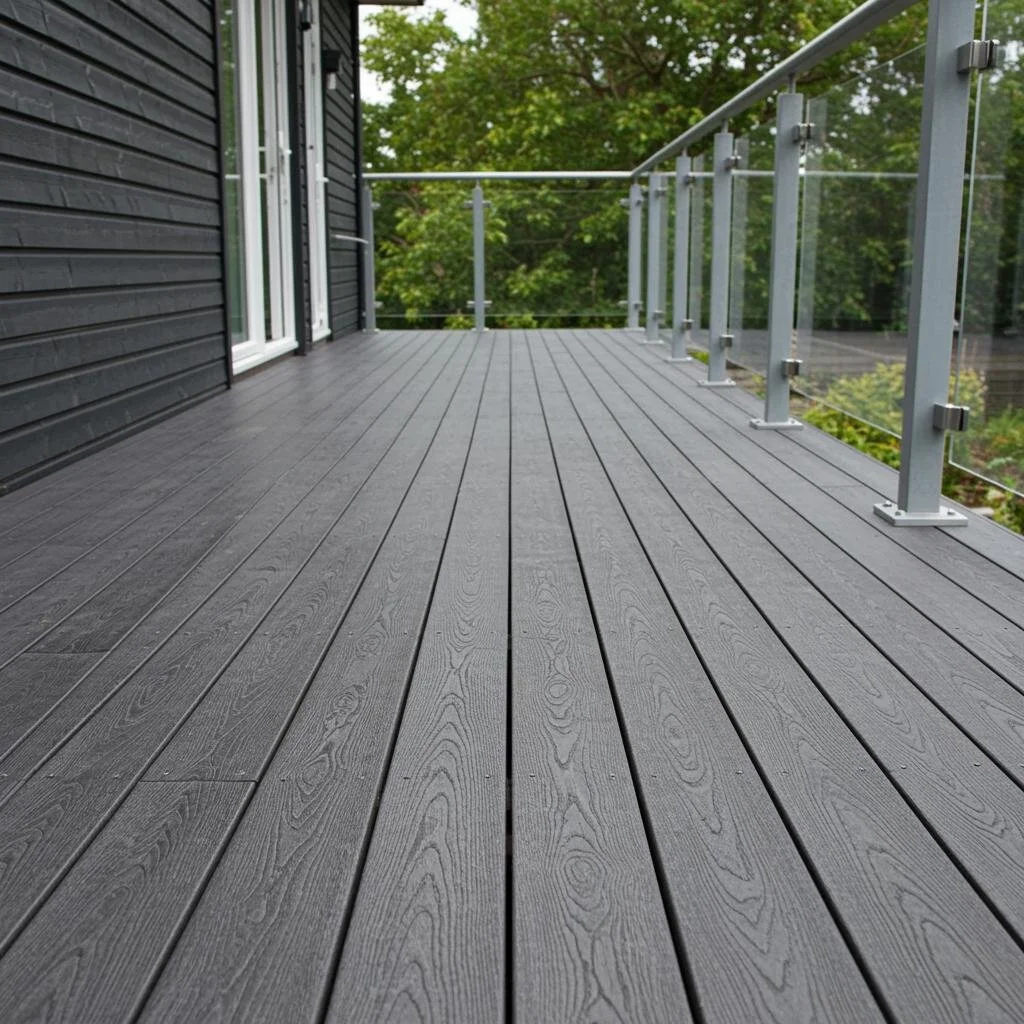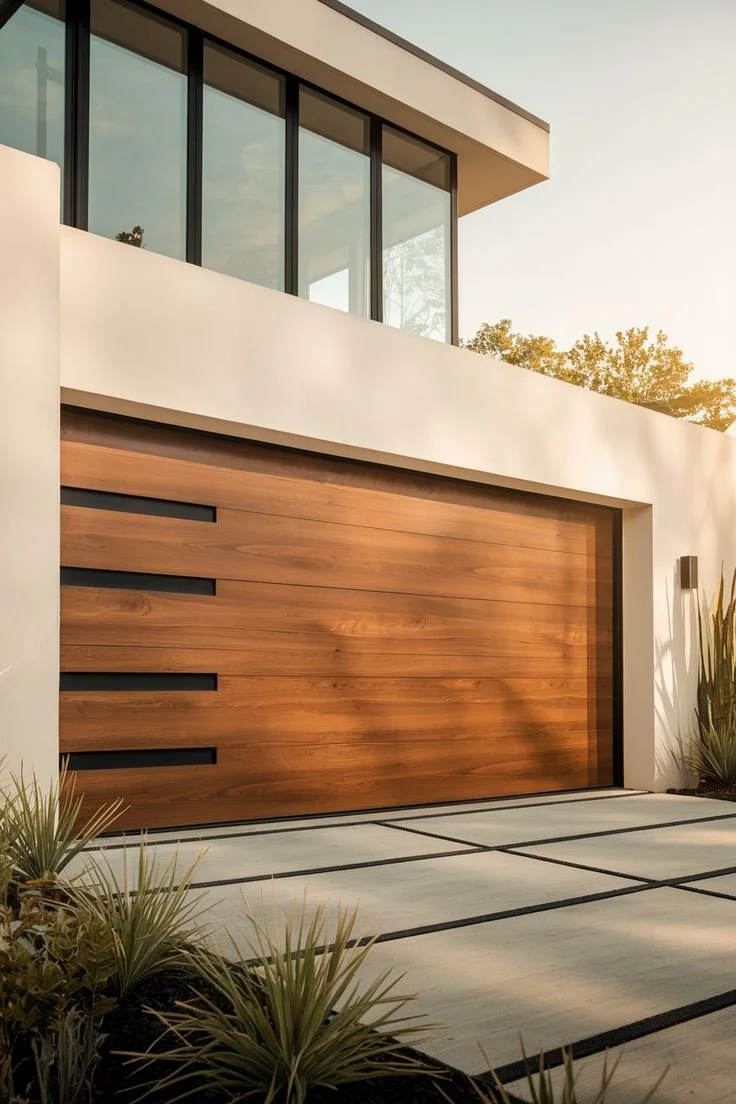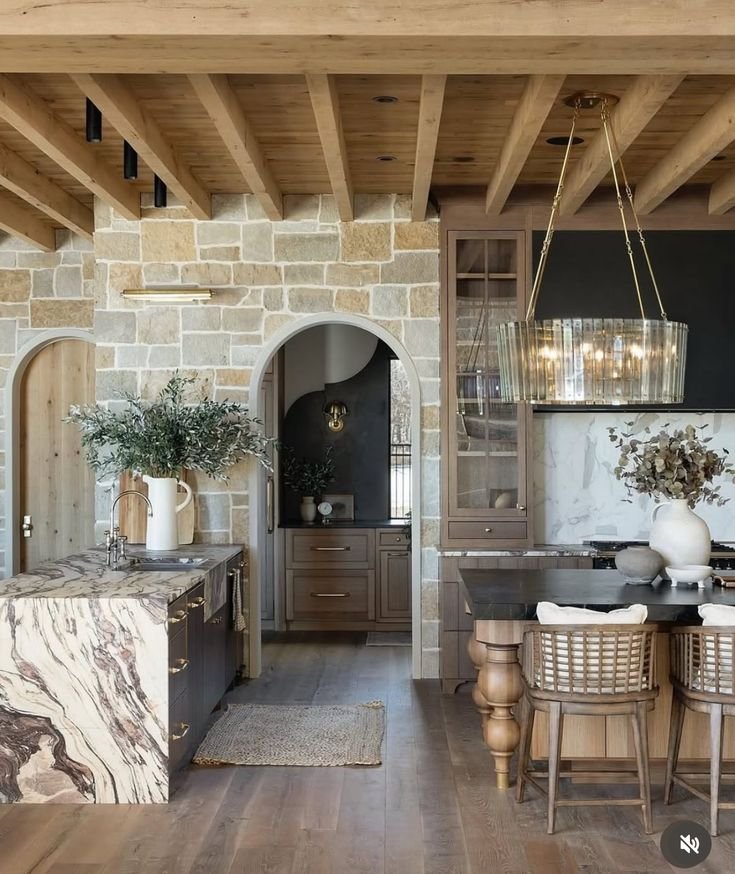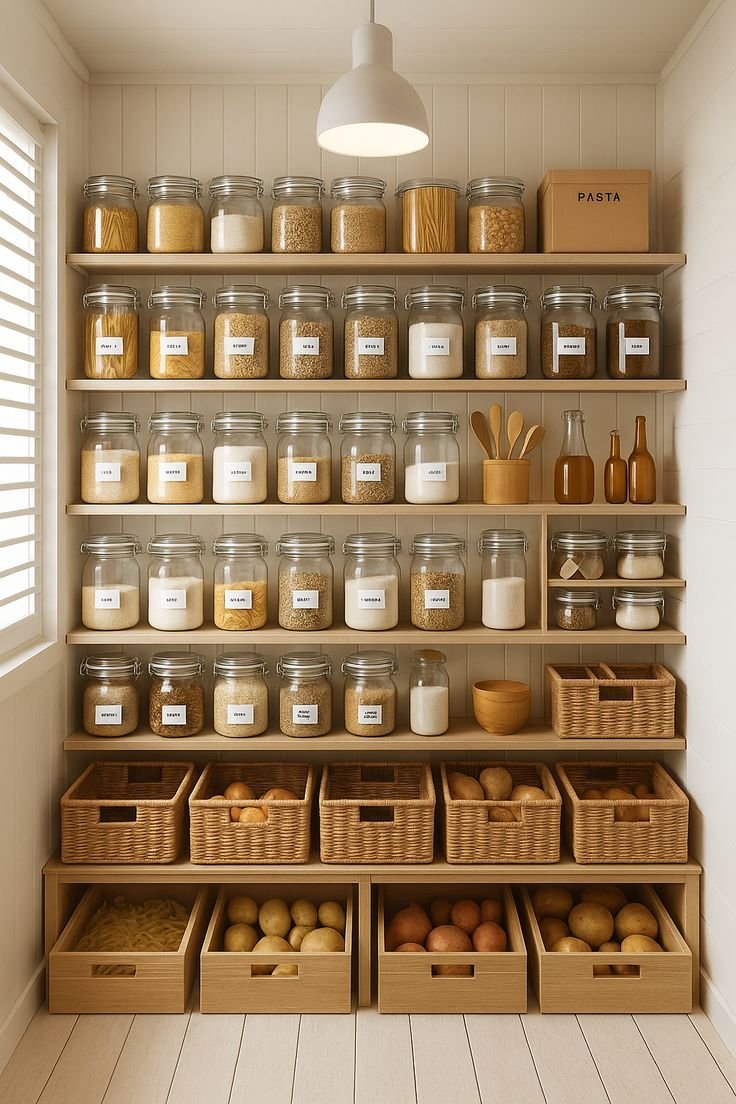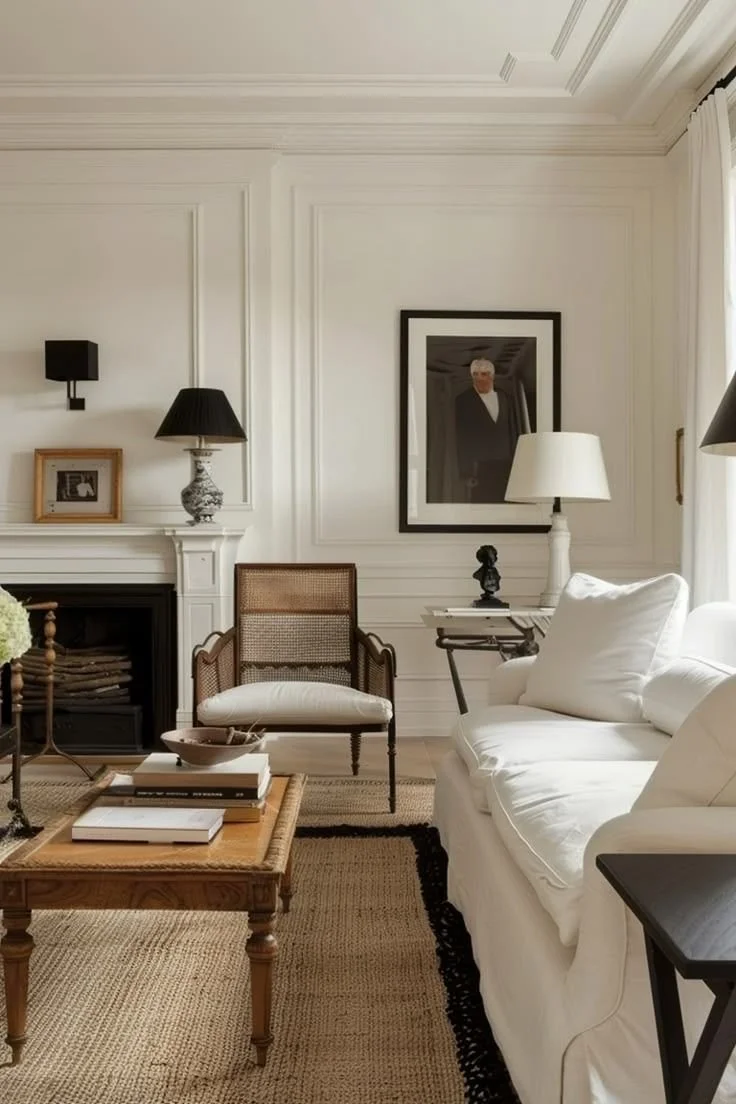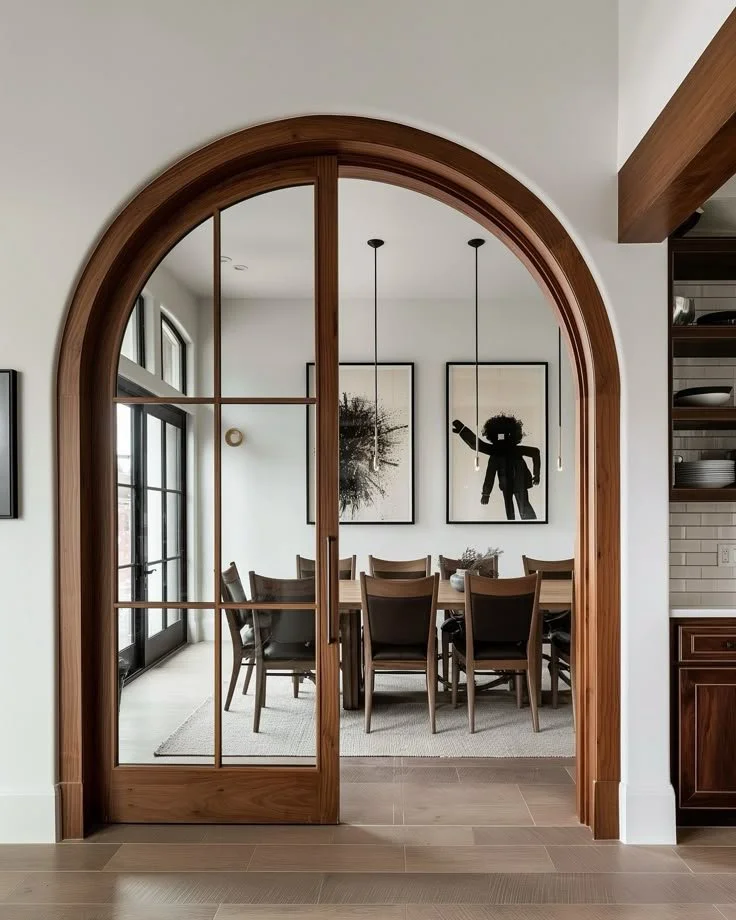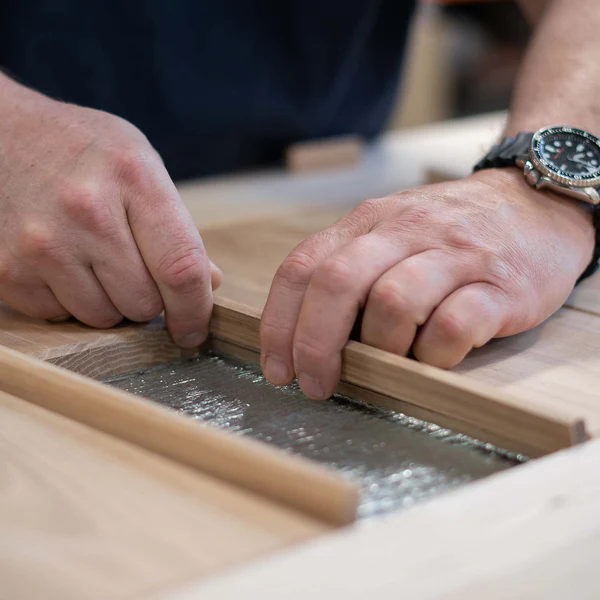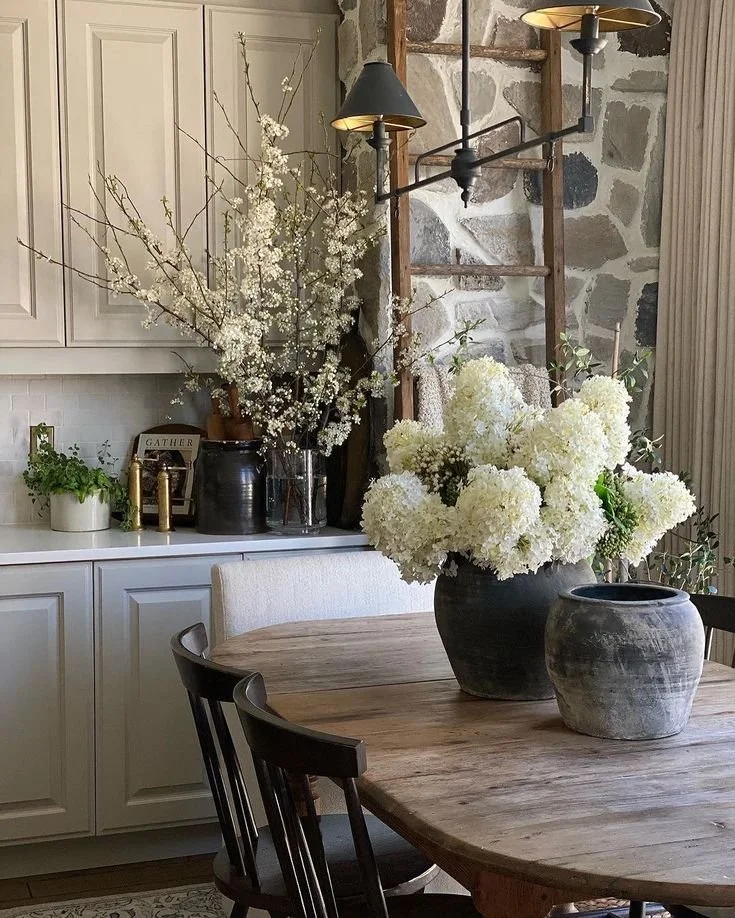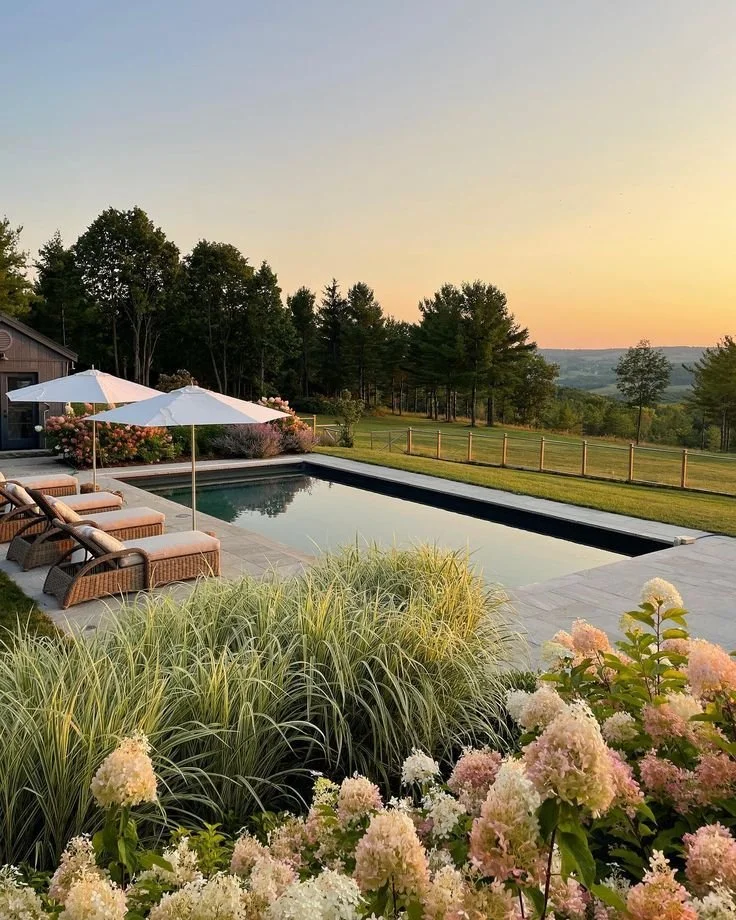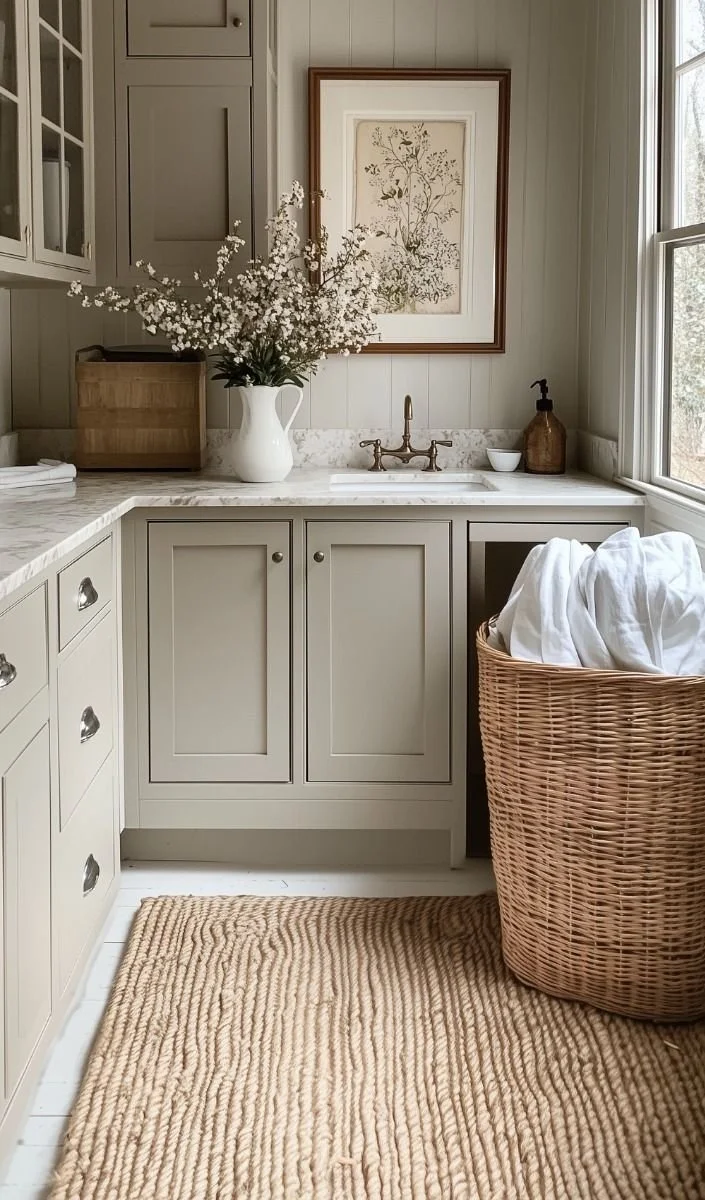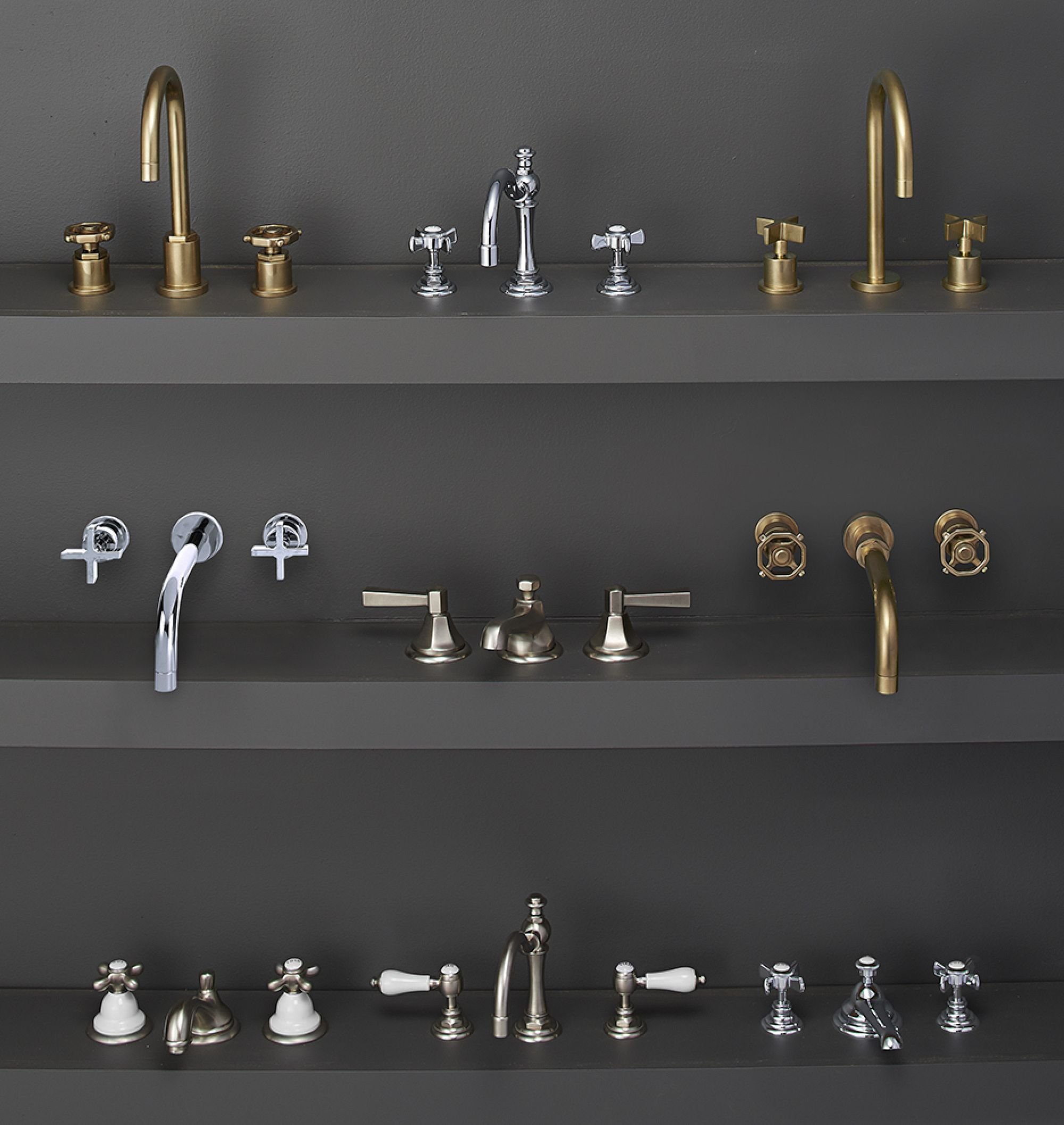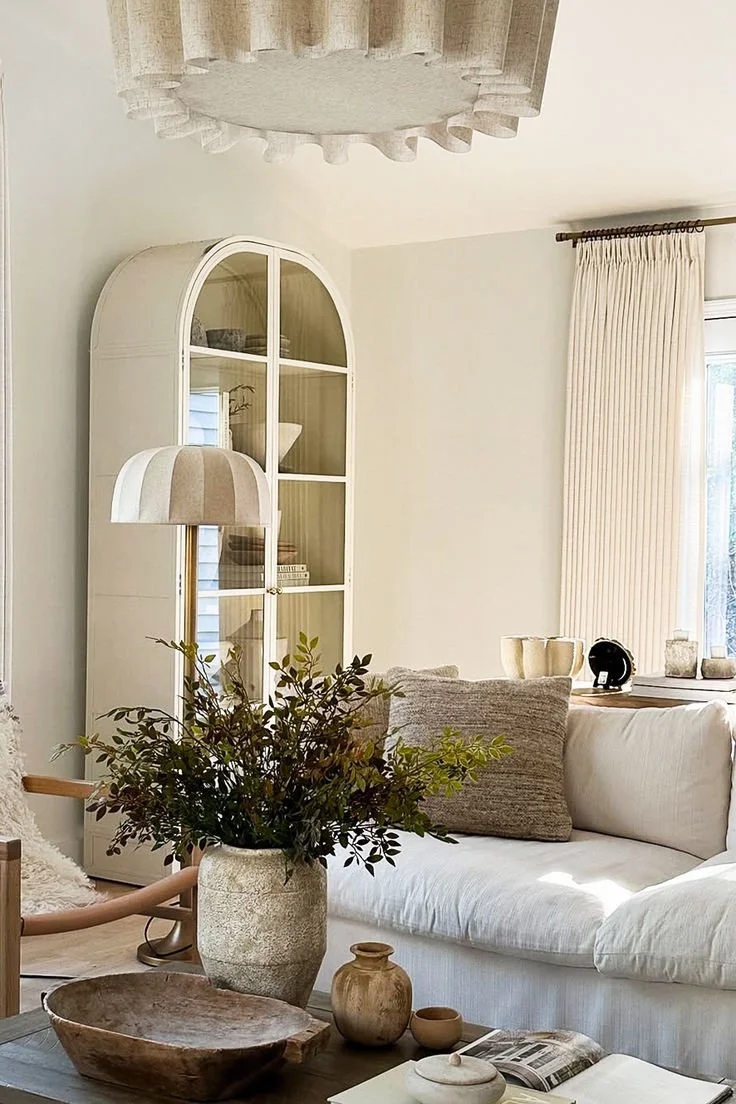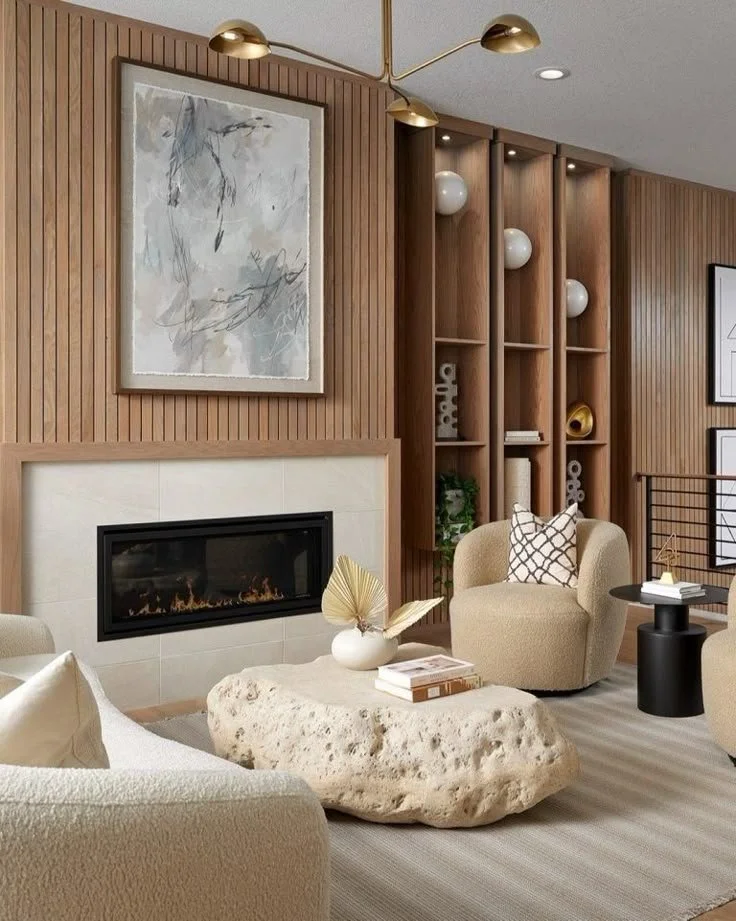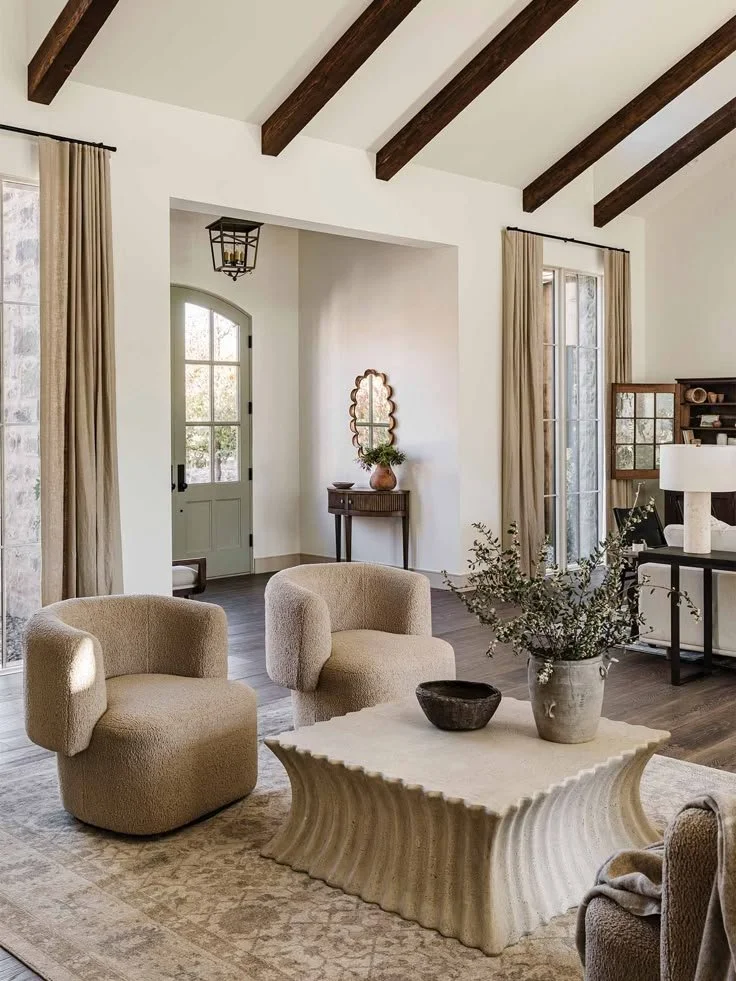In the ever-evolving landscape of Australian home design, functionality and aesthetics go hand in hand. One of the most versatile and stylish additions to modern interiors is the custom sliding door.
Far from being just a space-saving solution, sliding doors have become a hallmark of contemporary Australian living—offering ergonomic design, visual appeal, and seamless integration with both indoor and outdoor spaces.
Whether you're renovating a compact apartment or designing a spacious home from the ground up, sliding doors provide the design freedom and layout flexibility essential for today’s lifestyle. In this article, we’ll explore how these doors are transforming Australian homes with their innovative features and practical benefits.
No. 1
Opening Up Small Floor Plans
Custom sliding doors are ideal for maximizing space in homes with limited square footage. Unlike traditional hinged doors, sliding doors glide along tracks, eliminating the need for swing clearance.
They’re particularly effective in:
Narrow corridors
Compact bedrooms
Laundry areas
Interior designers often recommend sliding doors to maintain flow while prioritizing privacy and accessibility. Their sleek operation and minimal footprint make them a smart choice for small-space living.
No. 2
Zoned Living Made Simple
In larger, open-plan homes, sliding doors offer a flexible alternative to permanent walls. They allow homeowners to define zones without sacrificing natural light or spatial openness.
Popular applications include:
Partitioning a home office
Creating a playroom
Sectioning off a guest room
Whether made from glass or timber panels, sliding doors can be opened or closed as needed, offering both connection and separation within a single space.
No. 3
Materials That Match Aussie Lifestyles
Custom sliding doors are available in a wide range of materials to suit different aesthetics and environmental conditions.
Common materials include:
Timber: Ideal for coastal and rural homes, offering warmth and a natural finish
Aluminium: Perfect for modern, industrial-style homes seeking a clean, contemporary look
Glass (frosted or tinted): Provides privacy while still allowing light to filter through
Composite finishes are also available, offering durability and design flexibility for various applications.
Rejuvenation
Elevate your door design with Rejuvenation's exquisite hardware - where style meets functionality
No. 4
Indoor-Outdoor Connection
Australia’s mild climate encourages a lifestyle that blends indoor and outdoor living. Sliding doors—especially stacking or cavity styles—can open entire walls, creating a seamless transition between interior spaces and patios, decks, or gardens.
This design approach:
Enhances airflow and natural light
Expands usable living space
Encourages year-round entertaining
By blurring the boundaries between indoors and outdoors, sliding doors help homeowners make the most of their environment.
No. 5
Saving Energy with Smart Choices
Energy efficiency is a growing priority for Australian homeowners. High-performance sliding doors equipped with thermal breaks or low-E (low-emissivity) glass can significantly reduce heat transfer.
According to the Australian Glass and Window Association, energy-efficient glazing helps homes stay cooler in summer and warmer in winter, reducing reliance on air conditioning and heating systems.
Benefits include:
Lower energy bills
Improved indoor comfort
Reduced environmental impact
No. 6
Design Tips for Seamless Flow
To create a cohesive interior, sliding doors should complement the surrounding finishes.
Design strategies include:
Matching door finishes with flooring or cabinetry
Using bold colours or textures for a statement piece
Incorporating barn-style sliders for a rustic touch
Installing cavity sliders for a minimalist, concealed look
These design choices ensure the sliding door becomes an integrated element of the overall aesthetic.
No. 7
Soundproofing and Privacy
In busy households or shared living environments, acoustic-rated sliding doors can provide much-needed privacy and noise reduction.
Ideal for:
Media rooms
Nurseries
Home offices
Solid-core doors and double-glazed panels are particularly effective at minimising sound transfer, allowing for quiet, focused spaces without completely isolating them from the rest of the home.
No. 8
Sliding Doors in Renovations
Retrofitting sliding doors into existing homes is increasingly popular, though it may require structural adjustments—especially for cavity sliders.
Renovation-friendly options include:
Surface-mounted tracks for easier installation
Flexible layouts for extensions or loft conversions
Builders and renovators often favour sliding doors for their ability to adapt to various architectural styles and spatial constraints.
No. 9
Compliance and Safety
Custom sliding doors used in Australian homes must comply with national standards, including:
AS 2047 for external windows and doors
AS 1288 for glass installation
Safety considerations are especially important in proximity to wet areas or spaces frequented by children.
Key safety features include:
Toughened or laminated safety glass
Certified installation by licensed professionals
Reliable product warranties from reputable suppliers
Always ensure your chosen installer provides documentation and complies with all relevant building codes.
Takeaways
Custom sliding doors are redefining the way Australians design and experience their living spaces. From enhancing natural light and airflow to offering energy efficiency and soundproofing, these versatile doors provide both form and function in equal measure.
Whether you're working on a new build or a renovation, sliding doors offer a practical and stylish solution that adapts to your lifestyle. They unlock the full potential of your home—creating open, connected, and beautifully designed spaces without compromise.
So, if you're ready to elevate your interior design, consider the transformative power of custom sliding doors. With the right materials, layout, and expert installation, your home can achieve a seamless blend of comfort, style, and innovation.
Looking for Home resources?
Looking to enhance your living space and create a sanctuary that supports your well-being? Explore our home partners who offer a wide range of resources to elevate your home environment.
